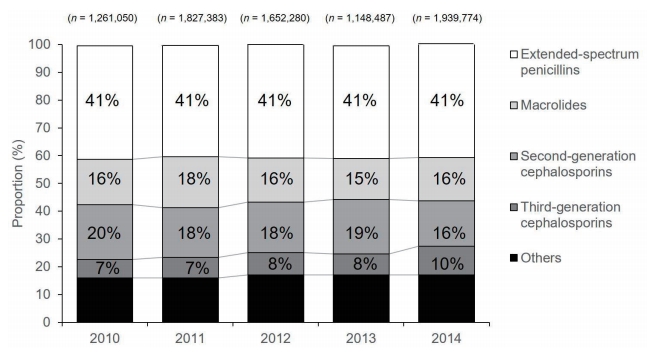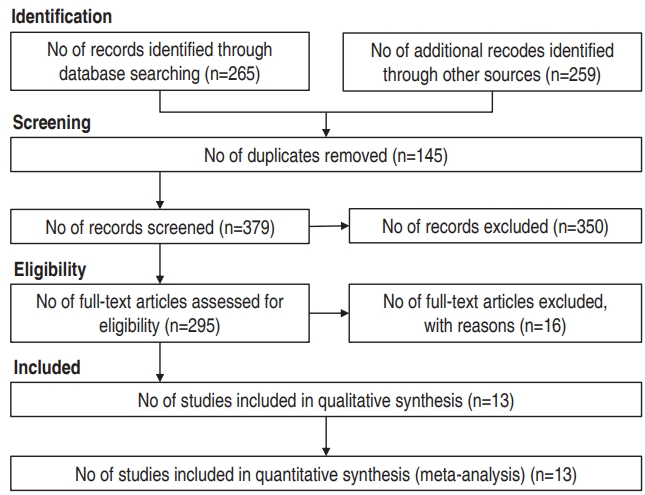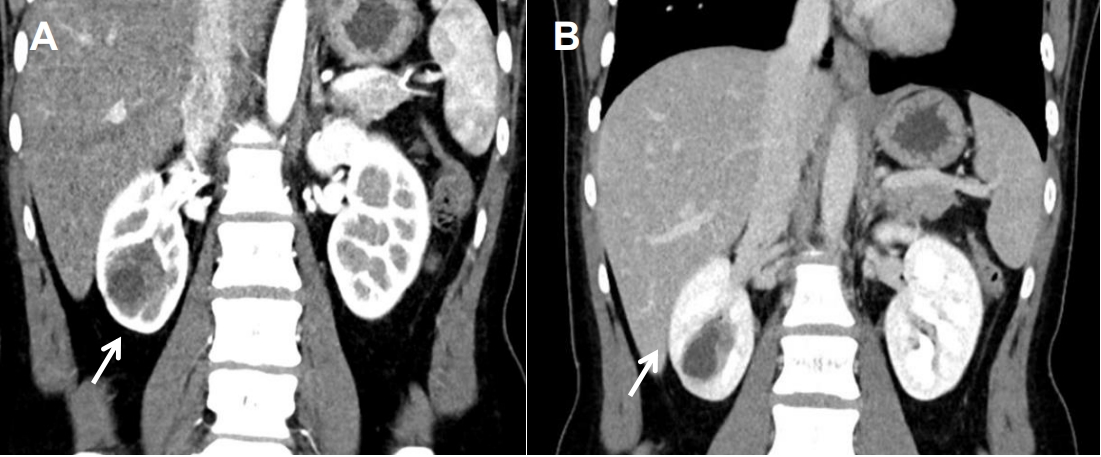- Review Articles
- Trends in the use of antibiotics among Korean children
- Young June Choe, Ju-Young Shin
- Clin Exp Pediatr. 2019;62(4):113-118. Published online March 4, 2019
-

Inappropriate antibiotic use is the most important factor causing increased bacterial resistance to antibiotics, thus affecting patient outcomes. Multidrug-resistant bacteria have become a serious public health threat, causing significant morbidity and mortality worldwide. In Korea, the burden of antibioticresistant bacteria has become an important public health issue. There is increasing evidence of overuse and misuse of antibiotics in Korea, as...
- Predictors and management of intravenous immunoglobulin-resistant Kawasaki disease
- Min Seob Song
- Clin Exp Pediatr. 2019;62(4):119-123. Published online March 15, 2019
-

Kawasaki disease (KD) is a systemic vasculitis that mainly affects younger children. Intravenous immunoglobulin (IVIG) resistant cases are at increasing risk for coronary artery complications. The strategy on prediction of potential nonresponders and treatment of IVIG-resistant patients is now controversial. In this review the definition and predictors of IVIG-resistant KD and current evidence to guide management are discussed.
- Editorial
- Predictive risk factors of coronary artery aneurysms in Kawasaki disease
- Hyang-Ok Woo
- Clin Exp Pediatr. 2019;62(4):124-125. Published online February 19, 2019
-
- Original Articles
- The association between preeclampsia and autism spectrum disorders among children: a meta-analysis
- Ensiyeh Jenabi, Manoochehr Karami, Salman Khazaei, Saeid Bashirian
- Clin Exp Pediatr. 2019;62(4):126-130. Published online December 24, 2018
-

Purpose: In this meta-analysis, relevant case-control and cohort studies were pooled to evaluate the association between preeclampsia and the risk of autism spectrum disorders (ASDs) in children. Methods: A search for relevant studies in major databases, including Web of Science, PubMed, and Scopus, was performed up to May 2018. The odds ratios (ORs) or rate ratios (RRs) with 95% confidence intervals...
- Respiratory syncytial virus-associated seizures in Korean children, 2011–2016
- Teahyen Cha, Young Jin Choi, Jae-Won Oh, Chang-Ryul Kim, Dong Woo Park, In Joon Seol, Jin-Hwa Moon
- Clin Exp Pediatr. 2019;62(4):131-137. Published online October 23, 2018
-

Purpose: Respiratory syncytial virus (RSV) infection can cause various neurological complications. This study aimed to investigate the RSV-associated neurologic manifestations that present with seizures. Methods: We retrospectively reviewed the medical records of patients aged less than 15 years with laboratory-confirmed RSV infections and seizures between January 2011 and December 2016 in a regional hospital in South Korea. Results: During this period, 1,193...
- Risk factors for the occurrence and persistence of coronary aneurysms in Kawasaki disease
- Soo-kyeong Jeon, Geena Kim, Hoon Ko, Joung-Hee Byun, Hyoung Doo Lee
- Clin Exp Pediatr. 2019;62(4):138-143. Published online November 22, 2018
-

Purpose: Prognostic factors of coronary aneurysms in Kawasaki disease have been investigated in many studies. The aim of this study was to identify risk factors associated with early and late coronary artery outcomes in treated patients with Kawasaki disease. Methods: A total of 392 patients diagnosed with Kawasaki disease from January 2012 to December 2015 in Pusan National University Children’s Hospital...
- Case Report
- Reninoma: a rare cause of curable hypertension
- Ji Hye Kim, Ji Hyun Kim, Myung Hyun Cho, Eujin Park, Hye Sun Hyun, Yo Han Ahn, Hee Gyung Kang, Kyung Chul Moon, Il-Soo Ha, Hae Il Cheong
- Clin Exp Pediatr. 2019;62(4):144-147. Published online October 29, 2018
-

The most common type of refractory hypertension found in children is secondary hypertension, which is a potentially curable disease. Reninoma, a renin-secreting juxtaglomerular cell tumor, is a rare cause of severe hypertension that is usually diagnosed in adolescents and young adults. Surgical resection of the tumor completely cures the hypertension of patients with reninoma. The typical clinical presentation of reninoma...














